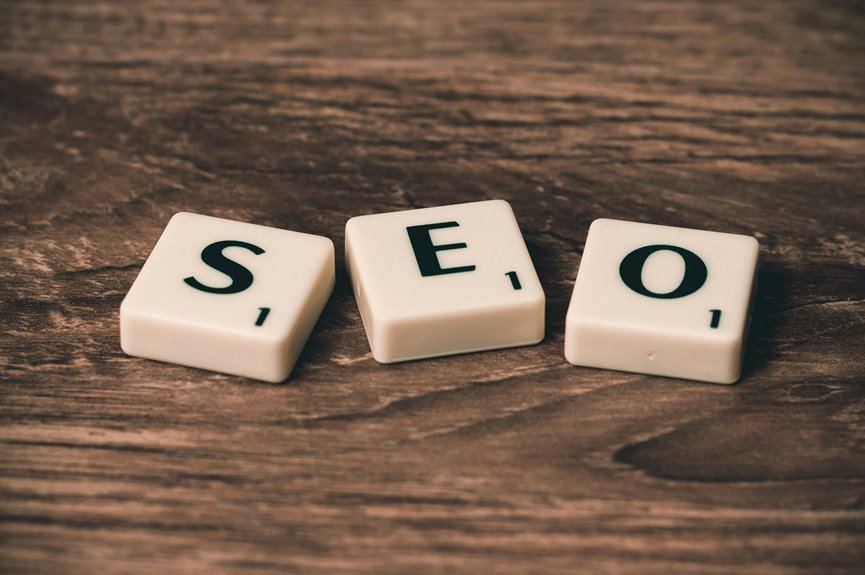7083655202 How to Optimize Your Website for Conversions
Optimizing a website for conversions requires a strategic approach focused on user experience and design. By enhancing navigation and employing persuasive elements, businesses can effectively guide users toward desired actions. Clear call-to-action buttons, placed thoughtfully, play a crucial role in this process. Understanding user feedback and emotional triggers can further refine the experience. Yet, the question remains: what specific steps can significantly boost conversion rates?
Enhancing User Experience for Higher Engagement
How can a well-designed user experience transform visitor engagement into conversions?
By prioritizing navigation simplicity and actively incorporating user feedback, websites can create intuitive pathways that empower visitors.
This strategic enhancement fosters a sense of freedom, allowing users to explore and interact without frustration.
Ultimately, a seamless user experience not only captivates attention but also drives meaningful conversions, aligning visitor intent with business goals.
Utilizing Persuasive Design Elements
Persuasive design elements serve as the psychological triggers that can significantly influence user behavior on a website.
By employing a persuasive visual hierarchy, businesses can guide users’ attention towards key areas, enhancing engagement.
Additionally, utilizing emotional color psychology evokes specific feelings, further motivating users to act.
Together, these strategies empower individuals to navigate freely, ultimately driving conversions and fostering a sense of autonomy in decision-making.
Implementing Effective Call-to-Actions
Effective call-to-actions (CTAs) act as the bridge between user engagement and conversion, building upon the principles of persuasive design.
Strategic button placement enhances visibility, guiding users seamlessly towards desired actions. Incorporating action urgency in the CTA language fosters a sense of immediacy, compelling users to act promptly.
Together, these elements empower users to embrace their freedom while optimizing conversion potential.
Conclusion
In conclusion, optimizing a website for conversions is not merely a matter of aesthetics; it requires a strategic blend of user experience and persuasive design. The theory that “first impressions matter” holds true here, as intuitive navigation and compelling call-to-action buttons can significantly influence visitor behavior. By continuously gathering user feedback and applying emotional color psychology, businesses can create an engaging environment that aligns with user intent, ultimately driving higher engagement and conversion rates.






